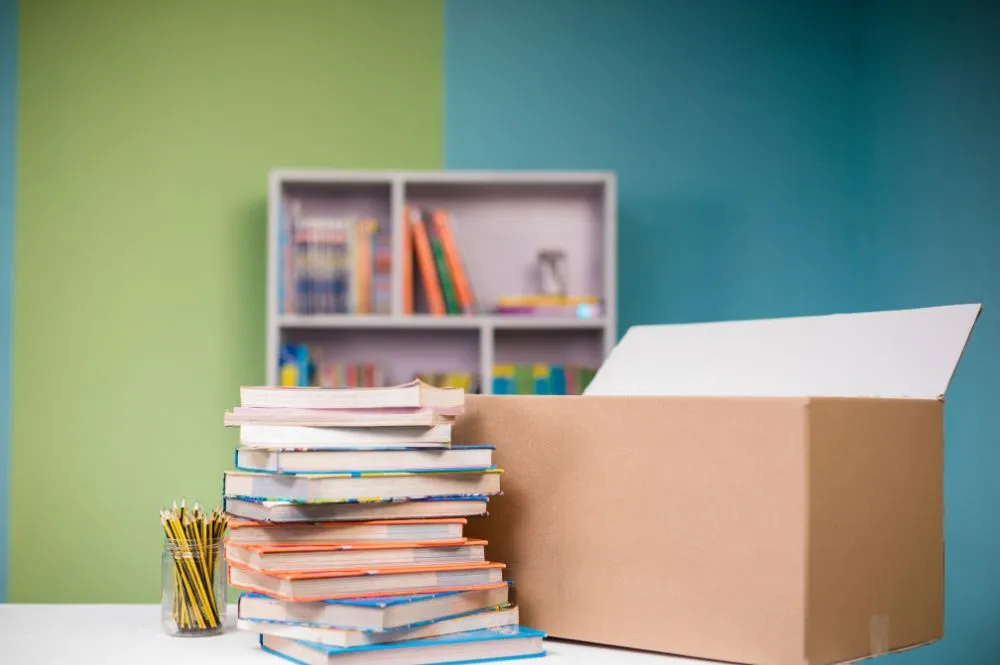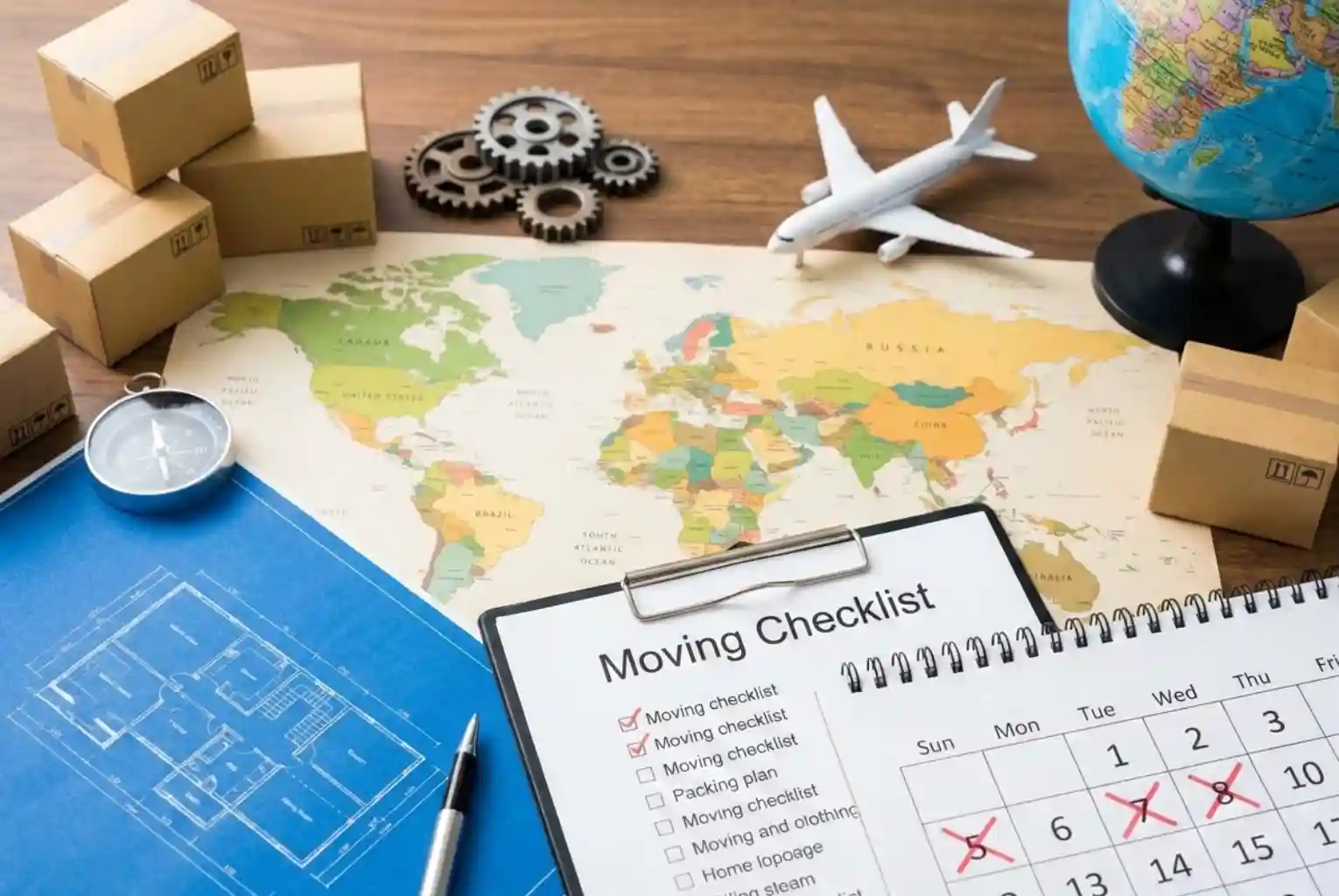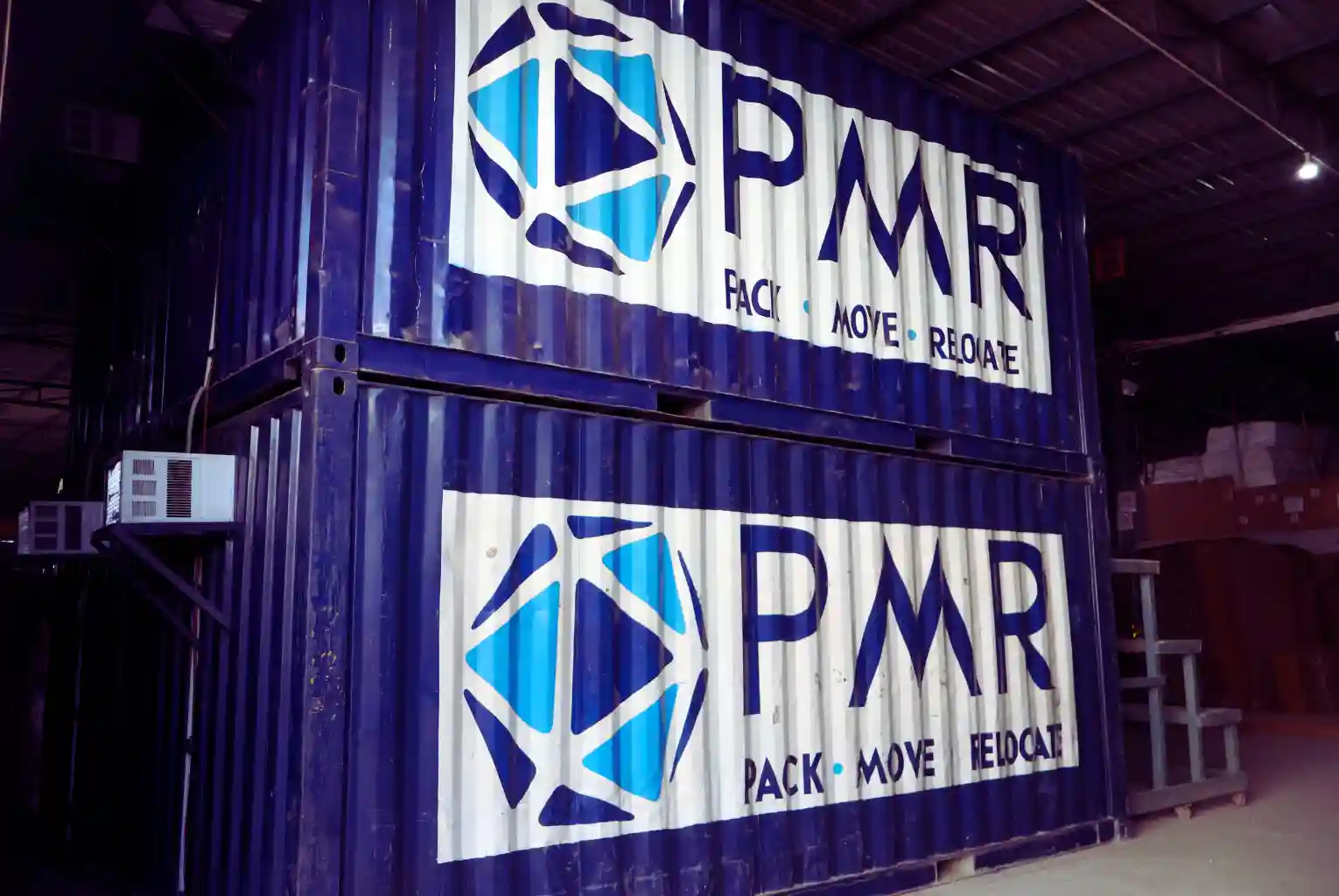BEST METHOD FOR MOVING BOOKS AND STATIONERY

Introduction
Packing Books and Stationery
- Start by sorting through your stationery and only keeping what you absolutely need. This will make packing easier and save you space in the new home.
- Pack delicate items like pens and pencils in soft cloth bags or bubble wrap to prevent them from being damaged.
- For larger items like notebooks and planners, use sturdy boxes that won't collapse during the move.
- Label all of your boxes clearly so you know which ones contain stationery. This will make unpacking easier and help you avoid losing any items.
Unpacking Stationery and Books
- Pack them in boxes that are the right size. You don't want your boxes to be too big or too small, as this can damage your items.
- Use paddings such as bubble wrap or packing paper to protect your items from bumps and scratches.
- Label each box with its contents and destination so that you can easily find everything when you arrive at your new location.
- If possible, try to keep the boxes of books and stationery together so that they don't get lost in the move.
The Best Method for Moving Books and Stationery
Conclusion
Our Blogs

WHY SUCCESSFUL RELOCATION DEPENDS MORE ON RELOCATION PLANNING THAN DISTANCE
Successful relocation is rarely defined by distance—it’s driven by effective planning. From choosing the right storage solutions to coordinating warehouse timelines, smart relocation planning helps protect your belongings, reduce delays, and ensure a seamless transition. Whether it’s short-term storage or long-term warehousing, organized logistics play a critical role in making any move successful.

WHY YOUR BELONGINGS DESERVE A PAUSE: RETHINKING STORAGE AND WAREHOUSING SERVICES DURING RELOCATION
Relocation is not always a seamless door-to-door journey. Delayed handovers, international transit schedules, temporary housing, or sudden changes in plans often create a gap between moving out and moving in. During this uncertain phase, professional storage and warehousing services provide a safe, controlled environment for your belongings. From short-term holding to long-term storage, these solutions ensure your household goods remain protected, organized, and ready for the next step of your relocation—without adding stress to an already complex move.

WHY INTERNATIONAL RELOCATION TIMELINES OFTEN SLIP — AND WHAT YOU CAN DO TO STAY ON TRACK
International relocation timelines often look straightforward on paper—but reality tells a different story. Visa approvals, customs regulations, documentation gaps, port congestion, and coordination between multiple service providers can easily cause unexpected delays. Even small oversights early in the planning stage can snowball into weeks of disruption. This blog breaks down the real reasons why international relocation timelines slip and, more importantly, outlines practical steps you can take to anticipate risks, plan smarter, and keep your global move moving forward without unnecessary stress.



